Hubble Space Telescope snaps a radiant image of barred spiral galaxy
Don't write off the Hubble Space Telescope as yet, the old faithful has just captured a beautiful barred galaxy.
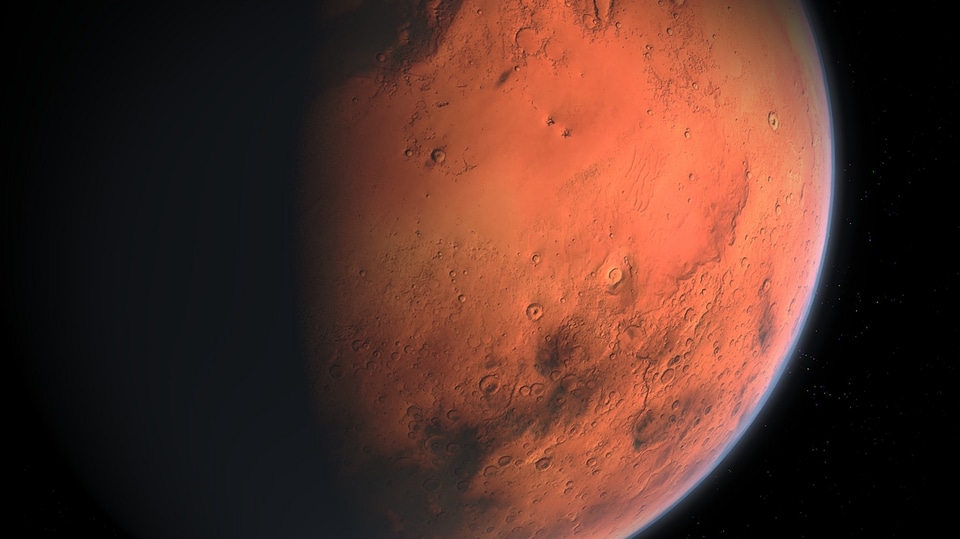
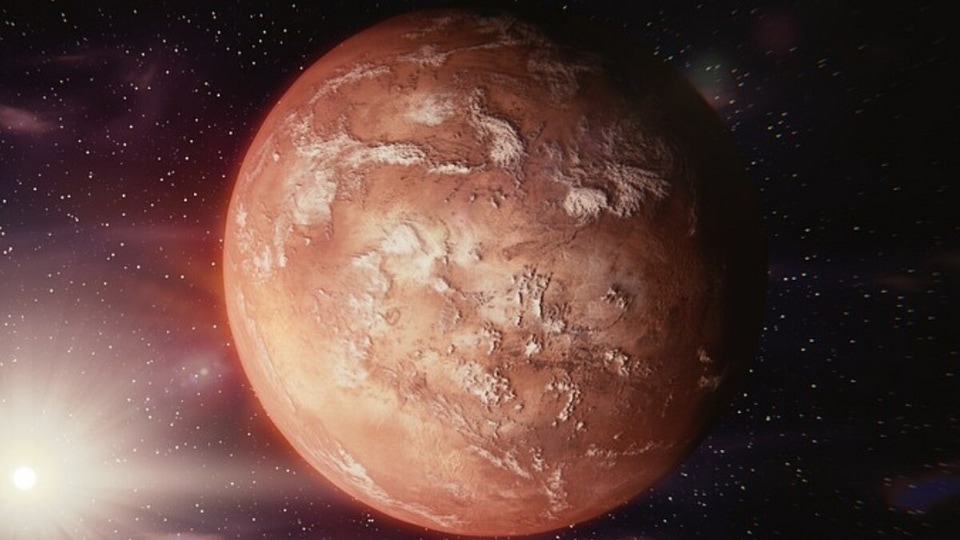
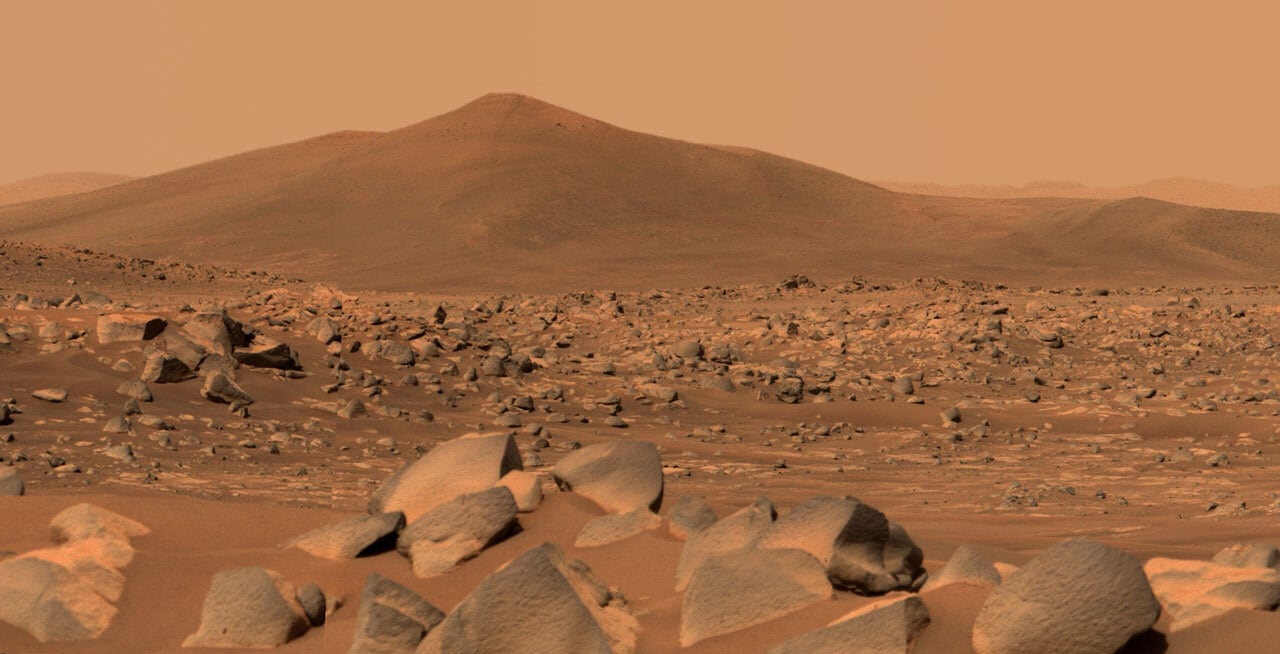

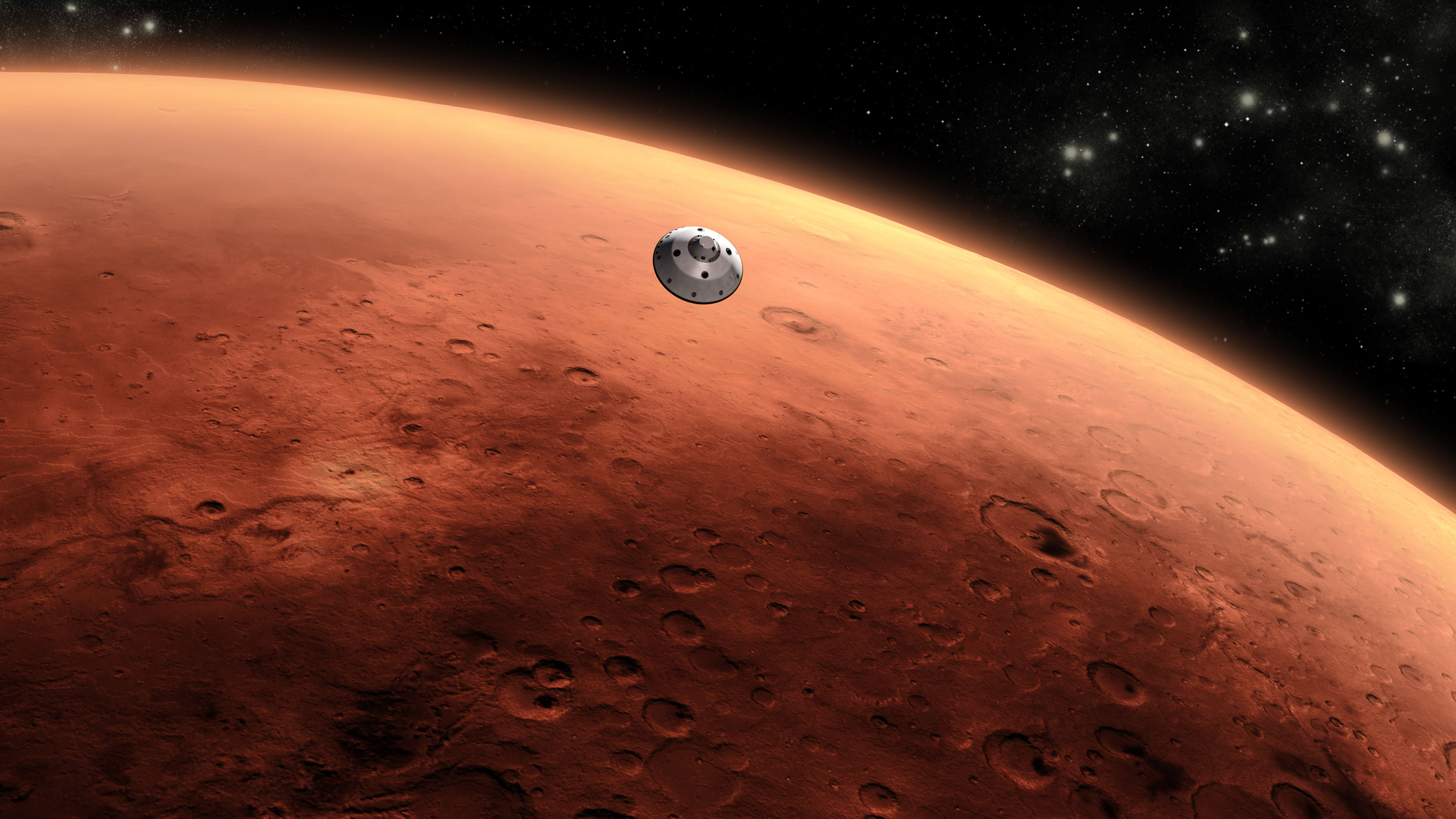
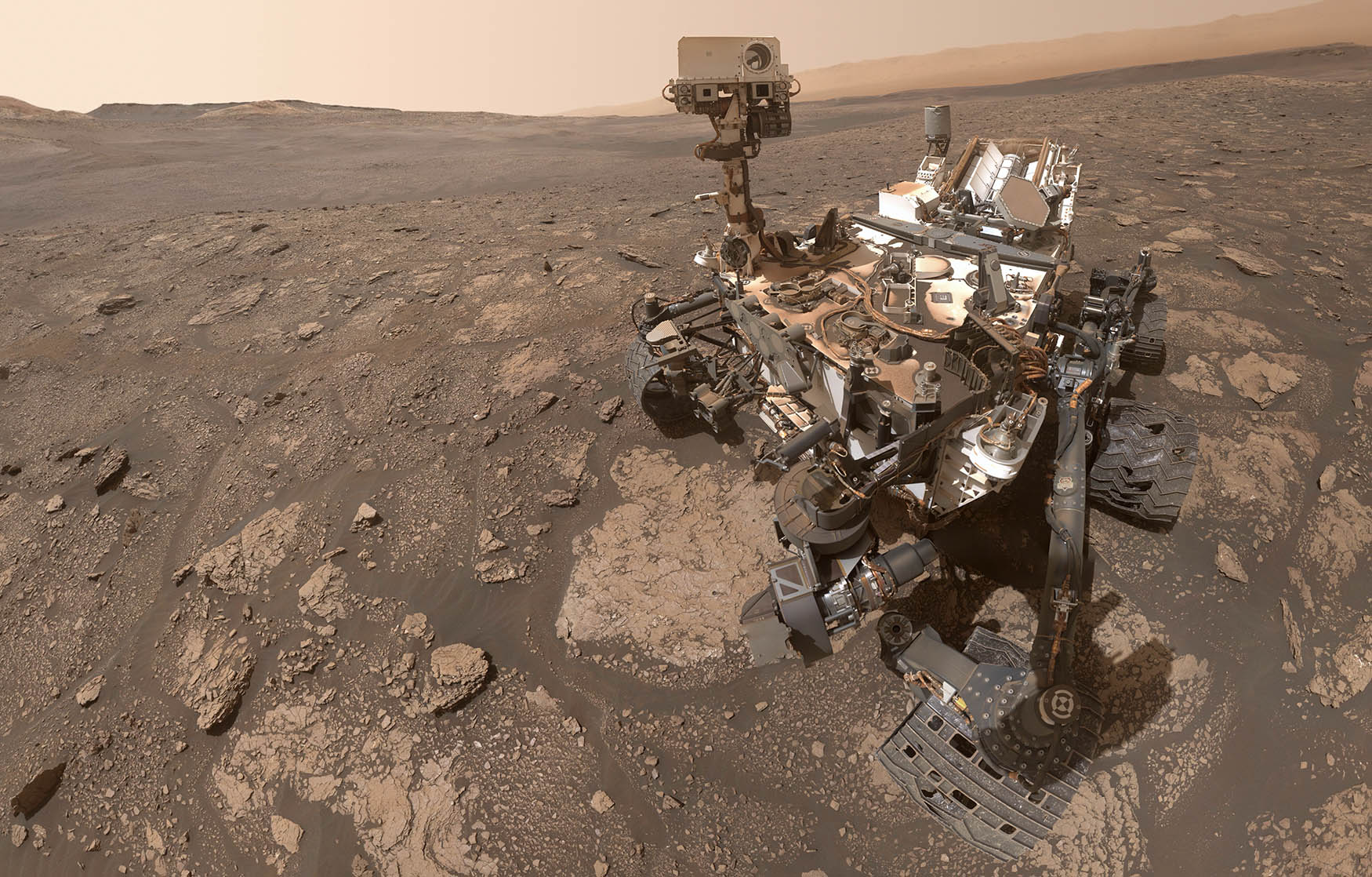
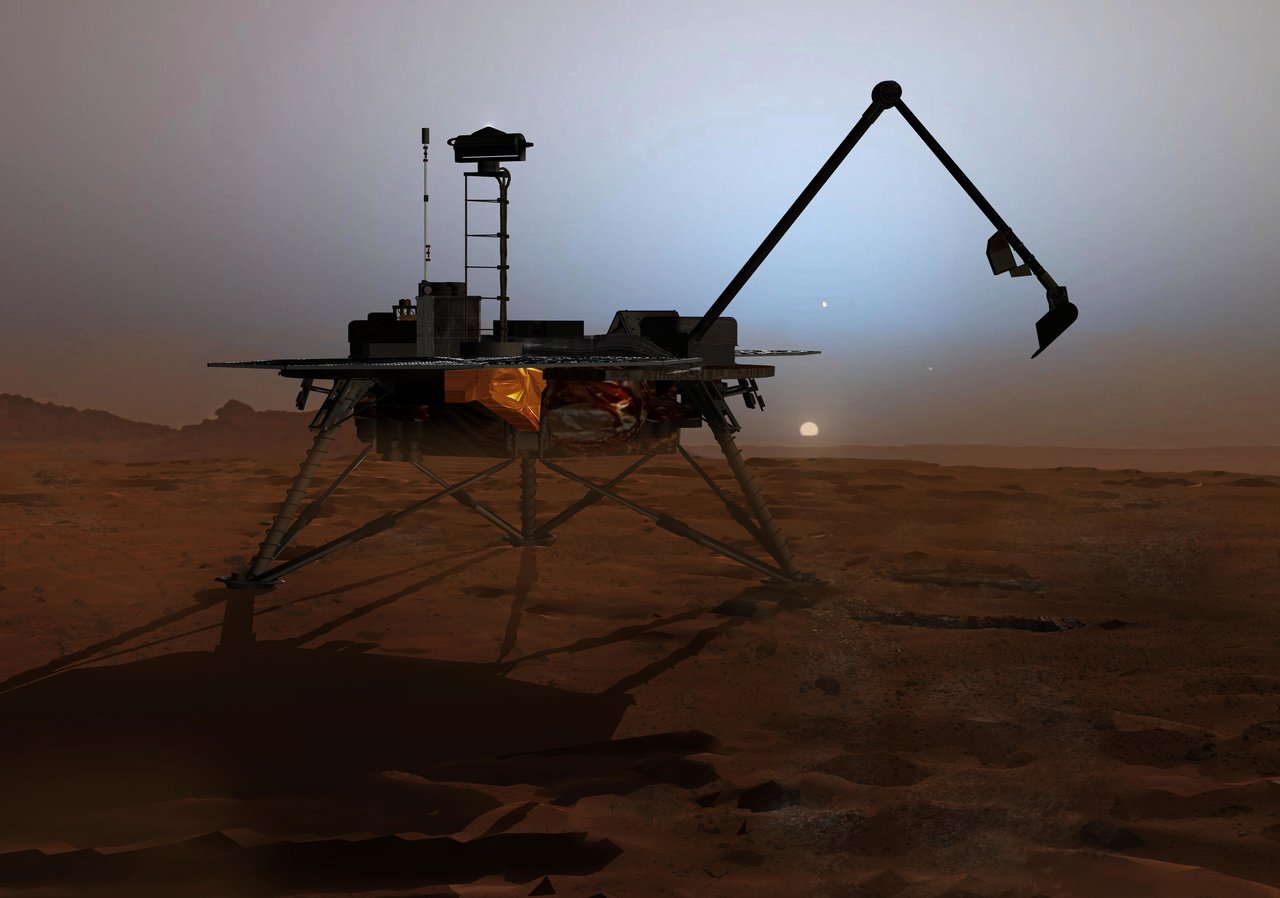
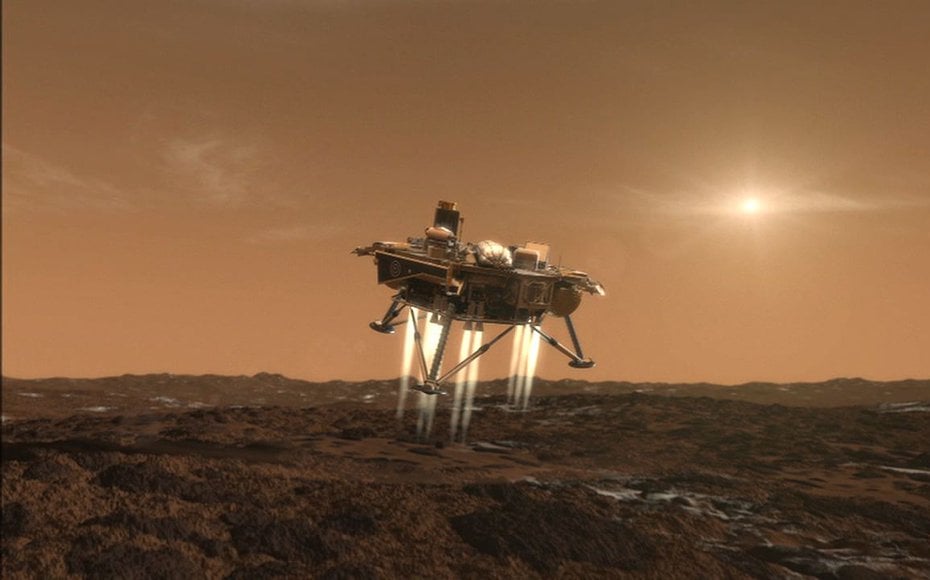
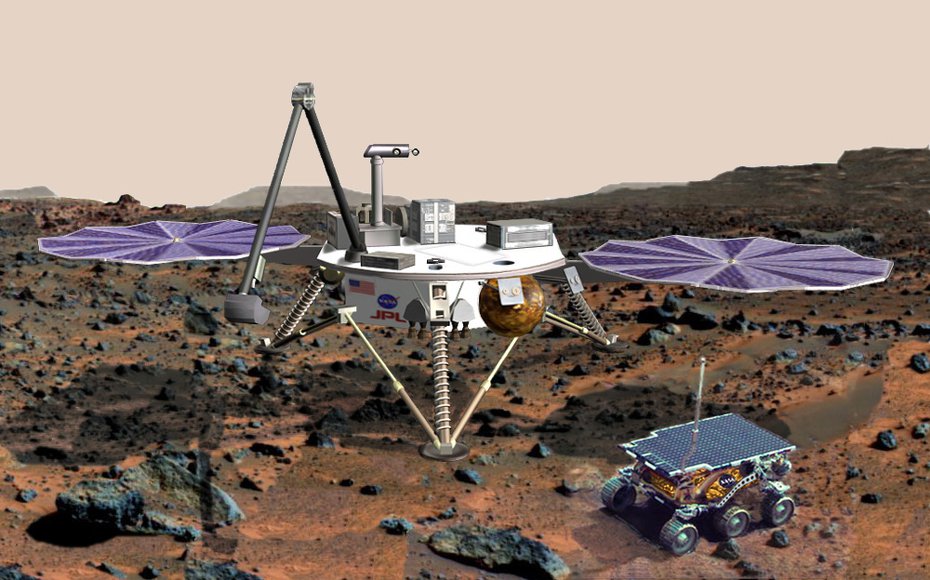

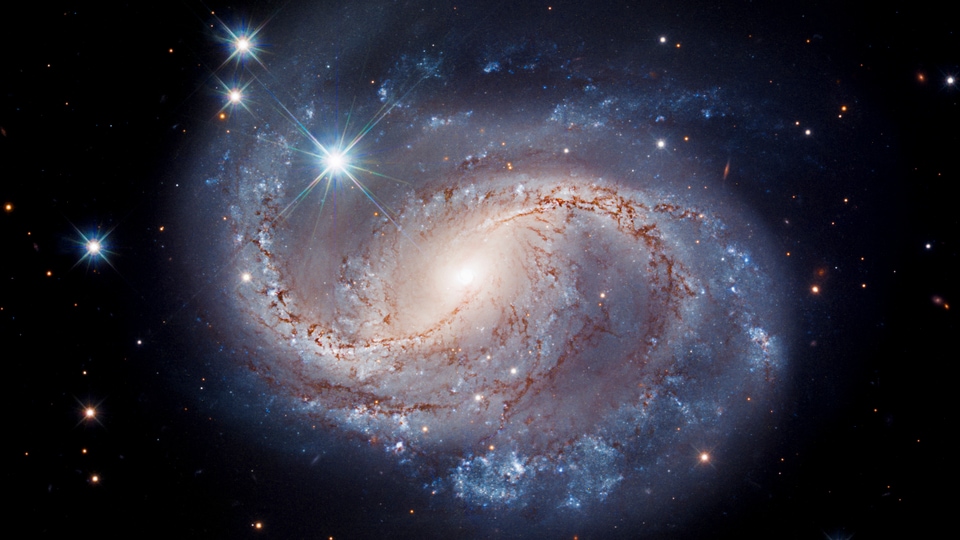
 View all Images
View all ImagesThe James Webb Space Telescope may well be looking farther back in time than the old veteran Hubble Space Telescope ever could with its dated technology, but that is not stopping it from unveiling awesome new secrets out there in deep space. And yes, Bubble Telescope has done it again.
Barred spiral galaxies are latecomers to the Universe. Many spiral galaxies have bars across their centers. A barred galaxy is easily distinguishable because of its well-defined central bar and long arms, which spiral loosely around its nucleus. As revealed by surveys, about two-thirds of spiral galaxies, including our own Milky Way galaxy, contain a bar.
Recent studies have shown that bars are more common in galaxies now than they were in the past, which gives us important clues about galaxy formation and evolution.
It has just captured the blue swirls of a spiral galaxy NGC 6956, shining quite radiantly against an inky black backdrop.
NGC 6956 is a barred spiral galaxy, a common type of spiral galaxy with a bar-shaped structure of stars in its center. This galaxy exists 214 million light-years away in the constellation Delphinus. While it is quite beautiful, images like these serve a very useful purpose.
Scientists used NASA's Hubble Space Telescope to image NGC 6956 to study its Cepheid variable stars. Those stars brighten and dim at regular periods.
NASA says, "Since the period of Cepheid variable stars is a function of their brightness, scientists can measure how bright these stars appear from Earth and compare it to their actual brightness to calculate their distance. As a result, these stars are extremely useful in determining the distance of cosmic objects, which is one of the hardest pieces of information to measure for extragalactic objects."
This galaxy also contains a Type Ia supernova, which is an explosion of a white dwarf star that was gradually accreting matter from a companion star.
Scientists can use the measurements gleaned from Cepheid variable stars and Type Ia supernovae to refine our understanding of the rate of expansion of the universe, also known as the Hubble Constant.
Catch all the Latest Tech News, Mobile News, Laptop News, Gaming news, Wearables News , How To News, also keep up with us on Whatsapp channel,Twitter, Facebook, Google News, and Instagram. For our latest videos, subscribe to our YouTube channel.
































